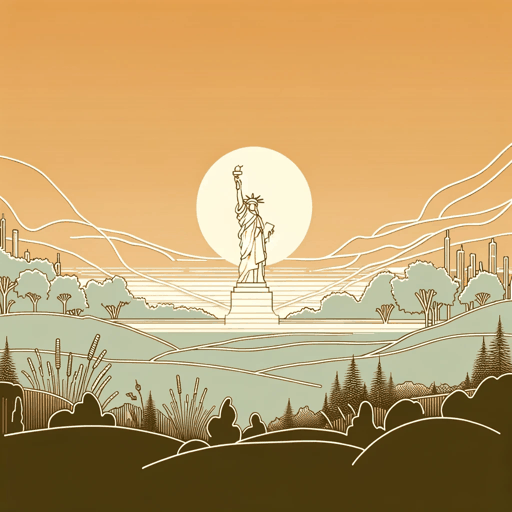17 pages • 34 minutes read
Joseph BruchacBirdfoot’s Grampa
Fiction | Poem | Adult | Published in 1975A modern alternative to SparkNotes and CliffsNotes, SuperSummary offers high-quality Study Guides with detailed chapter summaries and analysis of major themes, characters, and more.
Background
Historical Context
Bruchac wrote “Birdfoot’s Grampa” in the early 1970s when interest in Native American culture and literature was beginning to surge, a period now referred to as the Native American Renaissance. The activism of the Red Power Movement that defined the Self-Determination Era of Indigenous civil rights inspired much of this interest. As well, the high-profile, 18-month occupation of Alcatraz Island (“The Rock”) by a group of Native American students served as a catalyst for a political movement that demanded restitution for Native American issues and concerns. While the movement drove legislative changes in Washington, D.C., it also inspired a cultural shift where interest in the voices and cultures of Indigenous peoples in the United States and Canada began entering the mainstream. In many ways, this awakening to the value of Indigenous voices reflects Bruchac’s own personal journey of discovery about his own Native background. Possessing both Abenaki and European blood, Bruchac is able to straddle Indigenous and white identities, an identity he refers to as being a Métis, a Lakota word for a translator or a middleman. The honor of that position means that he can learn from and teach to both sides. When Bruchac was a boy, Native Americans were still living with tremendous prejudice, when many submitted to programs like the Vermont Eugenics Program, which forcibly sterilized Indigenous people in the surrounding areas.
Related Titles
By Joseph Bruchac







